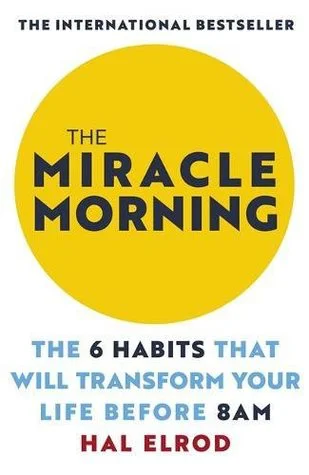Atomic Habits Chapter 1-4 Book Summary

Atomic Habits is a self-help book by James Clear. Published in 2018, the book outlines valuable insights into habit formation and improvement. In this book, James Clear introduces the concept of tiny habits, which, when compounded over time, result in notable professional and personal growth. Since habits shape our identity, making incremental improvements to daily routines can result in developing the best versions of ourselves. This article offers “Atomic Habits” book chapter summaries.
Chapter 1: The Surprising Power of Atomic Habits
In the book’s first chapter, Clear introduces the concept of atomic habits. What are atomic habits? According to the author, they refer to small repetitive changes done using little motivation and effort but lead to significant life changes. When small habits are developed over time, they compound using a concept known as the compounding effect and result in remarkable life transformations. Unfortunately, most people are busy focusing on the processes and systems and forget about the goals.
Chapter 1 Notable Quotes
- You do not rise to the level of your goals. You fall to the level of your systems.
- Habits are compound interest of self-improvement.
- The purpose of setting goals is to win the game. The purpose of building systems is to continue playing the game.
Chapter 2: How your Habits Shape your Destiny (And Vice Versa)
In this chapter, Clear explores the link between habits and identity. According to the author, changing one’s habit starts with changing one’s self-perception. Such means that our identity is closely tied to our day-to-day habits. From the chapter, we learn that every action conducted is a vote for the person we want to become.
The author also shows how habits contribute to our self-image and influence how we perceive ourselves. For example, if you start waking up early every morning, you unconsciously or consciously contribute to the type of person you want to become. Before trying to change a habit, ask yourself who you want to become and later align specific habits to the desired identity.
Chapter 2 Notable Quotes
- Every action you take is a vote for the type of person you wish to become
- The most practical way to change who you are is to change what you do
- Your identity emerges out of your habits. You are not born with the preset beliefs. Every belief, including those about yourself, is learned and conditioned through experience.
Chapter 3: How to Build Better Habits in 4 Simple Steps
In chapter three of the book, the author introduces the four-step habit loop. The loop comprises the following;
- 1st Law (Cue)- Make the habit obvious. According to the author, a habit begins with a trigger which initiates the habit loop. When it comes to habit formation, identifying and understanding the cues becomes crucial.
- 2nd Law (Craving)-Make the habit attractive. Every individual engaging in a habit has a desire or a craving for a specific reward or outcome. In this case, when looking forward to adopting a habit, it is important to make it more attractive. Such occurs through associating it with a positive craving that enhances motivation.
- 3rd Law (Response)-Make the habit easy- The third step involves taking the main action, which refers to the actual habit. In this case, the author advises readers to start with small, manageable actions, making establishing the habit easier.
- 4th Law (Reward)- Make the habit satisfying- In the last step, Clear explains the importance of a satisfying reward that reinforces a habit. Such rewards reinforce behaviors, making them more likely to be repeated.
What happens when we want to discourage a bad habit? According to Clear, we can invert the above laws and break bad habits.
- Inversion of the 1st law (cue)- Make the habit invisible
- Inversion of the 2nd law (Craving)- Make the habit unattractive
- Inversion of the 3rd law (Response)- Make the habit difficult
- Inversion of the 4th law (Reward)- Make the habit unsatisfying
In this chapter, Clear offers the four-step habit loop that outlines a clear and actionable framework for building and understanding habits. From this chapter, we learn that habits do not restrict freedom. On the contrary, it creates it.
Chapter 3 Notable Quotes
- You do not rise to the level of your goals. You fall to the level of your systems.
- You don’t have to be the victim of your environment. You can also be the architect of it.
- Habits are a double-edged sword. They can work for you or against you, so understanding the details is essential.
Chapter 4: The Man Who Didn’t Look Right
Chapter 4 of the book explains how our brains pick up cues even without us thinking about them. Even though such an ability can be beneficial, especially when integrating good habits, it can be detrimental when unknowingly engaging in bad habits. If you want to take stock of your current habits, you can use the Pointing-and-Calling system, mostly used by Japanese railway system workers, to point out staff and their job responsibilities. In this chapter, Clear also introduces the Habit Scorecard (see the figure below).

Chapter 4 Notable Quotes
- Goals are about the results you want to achieve. Systems are about the processes that lead to those results.
- Success is not a goal to reach or a finish line to cross. It is a system to improve, an ongoing process to refine.
- The most effective way to change your habits is to focus not on what you want to achieve but on who you wish to become





